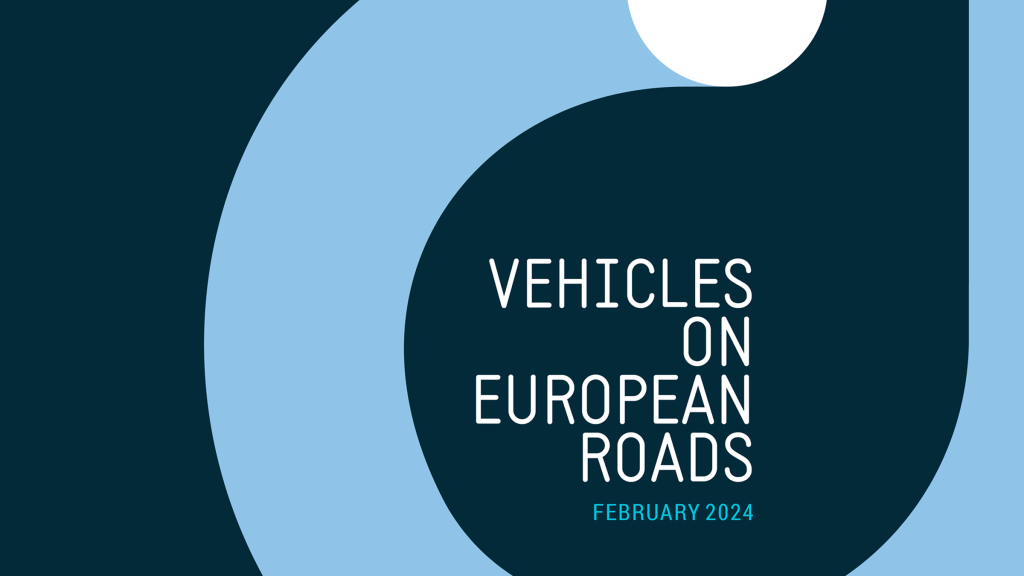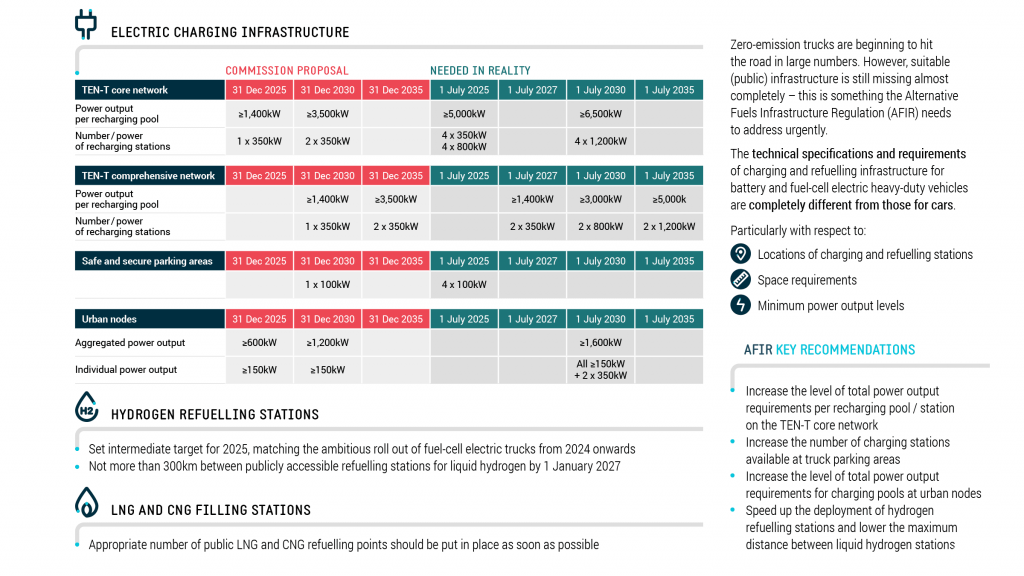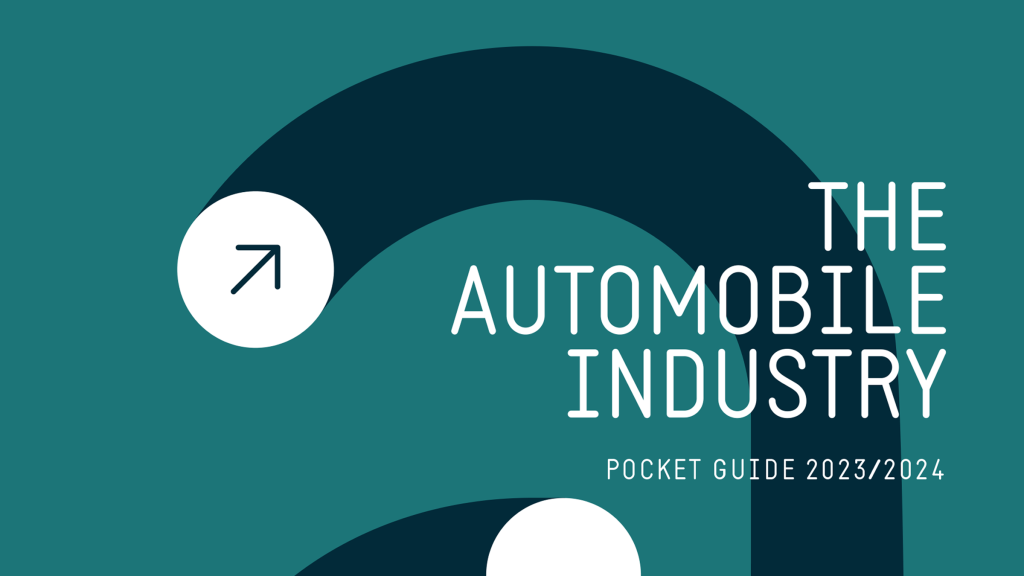Position papers – Proposal for a Euro 7 regulation

Following the European Commission’s proposal for a Euro 7 standard, ACEA has published two position papers on – light- and heavy-duty vehicles – laying out key recommendations to policy makers to make the proposal more proportionate and cost-effective.
The latest standard for cars and vans – Euro 6 – introduced in 2014, was fundamentally updated in 2017 and further updated by Euro 6d in 2020. The latest standard for heavy-duty vehicles – Euro VI – was introduced in 2013 and underwent a number of upgrades over the past years, with Euro VI-E being introduced in 2020. With Euro 6d and Euro VI-E, exhaust NOx and particle emissions measured on the road are at barely measurable levels. In November 2022, the European Commission came forward with a proposal for a new combined standard: Euro 7, which goes much further than Euro 6/VI and now also addresses non-exhaust particle emissions (from tyres and brakes).
European vehicle manufacturers are fully committed to providing the right vehicles to move Europe’s mobility and transport sector to climate neutrality and to minimise the impact of our sector on air pollution. Indeed, ACEA already made an ambitious proposal for Euro 7 in mid-2021, and remains ready to engage with regulators to help frame a proportional and fit-for-purpose Euro 7 regulation. The Euro 7 proposal that is currently on the table however does not meet these key criteria.
In these position papers – one covering Euro 7 for light-duty vehicles (cars and vans) and the other covering Euro 7 for heavy-duty vehicles (trucks, buses, coaches and heavier vans) – ACEA lays out key recommendations to policy makers to make the proposal more proportional while still effective.
The new CO2 regulation for cars and vans and its intended phase-out of new vehicles with internal combustion engines will automatically lead to the elimination of the vast share of remaining exhaust pollutant emissions. The proposal for revised CO2 standards for heavy-duty vehicles, published in February 2023, entails an accelerated shift to zero-emission vehicles.
Recent studies have shown that the renewal of the fleet with the latest Euro VI vehicles – alongside the electrification of new vehicles – would deliver an 80% reduction in road transport NOx emissions by 2035 (compared to 2020). Over the same timeframe, the most stringent Euro 7 scenarios (ie limits for exhaust NOx and particles set at zero) would reduce road transport NOx emissions by less than a further 4% for cars and vans compared to Euro 6d levels, and by about 2% for trucks.
Regulating non-exhaust particles from all new vehicles is sensible, but the greatest impact – on both pollutant and CO2 emissions – will be delivered by the transition to zero-emission vehicles (specifically in urban areas where air quality is a challenge), and by renewing the old vehicle fleet with the latest Euro 6/VI vehicles.
European vehicle manufacturers are fully committed to providing the right vehicles to move Europe’s mobility and transport sector to climate neutrality and to minimise the impact of our sector on air pollution.
Downloads
Copyright notice
Reproduction of the content of this document is not permitted without the prior written consent of ACEA. Whenever reproduction is permitted, ACEA shall be referred to as source of the information. Quoting or referring to this document is permitted provided ACEA is referred to as the source of the information.



